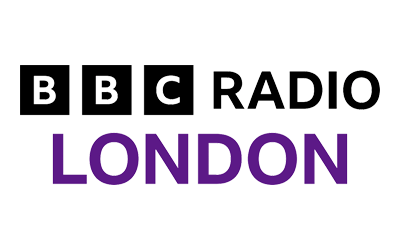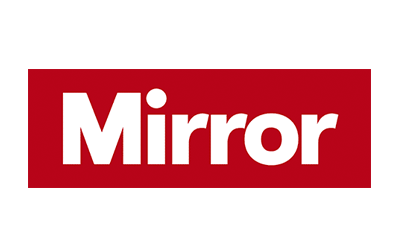You invest in good skincare and protect your complexion from sun damage. However, loss of collagen and elastin as a result of the ageing process, means you start to develop loose, sagging skin. This is a frustrating aesthetic concern as it can be challenging to treat.
What is loose skin?
The skin is composed of three layers. The top layer is the epidermis, the middle layer is the dermis, and the hypodermis is the deepest. Melanocytes, which are the pigment-producing cells that give skin its colour, are in the epidermis. The hypodermis is composed of connective tissue and fat. Fibroblasts are found in the middle layer or dermis.
What causes loose skin?
Fibroblasts produce collagen and elastin. These naturally occurring proteins in the skin give it elasticity, structure and support. Elastin allows your skin to stretch and snap back.
As we get older, our collagen and elastin production slows down and we lose a certain amount every year, which is the root cause of all the ageing facial changes we experience, from fine lines and wrinkles to skin sagging on the face. On the body, the skin on our stomachs, thighs, arms and even knees can sag and look crepey.
This process can be accelerated by certain external factors such as pollution, stress, lack of sleep, sun damage, poor diet, smoking and excessive alcohol consumption.
Another major factor is losing substantial amounts of weight over a short period of time. During weight gain, the collagen and elastin fibres are damaged and unable to retract after sudden weight loss.
What problems can loose skin cause?
Mild skin laxity is usually just an aesthetic concern, whereas heavy folds of loose skin left after sudden and massive weight loss can cause several problems. It can be uncomfortable and interfere with your daily activities, particularly exercise. In some extreme cases, it can become irritated, resulting in rashes and even infections.
What are the best treatments for loose skin?
Non-surgical, minimally invasive procedures can induce a certain degree of skin tightening. Ultherapy is an FDA-approved device that directs ultrasound energy deep into the dermis to boost collagen and elastin production. Over the following weeks, the skin becomes noticeably tighter and more lifted.
The ClearLift Laser with the Harmony XL Pro is a laser treatment that can treat a range of skin concerns, including skin laxity. The fractional laser energy is delivered into the dermis, causing micro-injuries without damaging the skin’s surface. The body’s natural healing response stimulates the fibroblasts to produce collagen and elastin.
For many patients, a surgical procedure is the only option for loose skin and a facelift can improve the most visible signs of the ageing process by eliminating excess fat, tightening and elevating the muscles beneath the skin of the face and by removing or repositioning sagging skin.
ASSOCIATED PROCEDURES: Ultherapy, ClearLift and Facelift Surgery
Quick Links
TREATMENT OPTION: FACELIFT

A facelift (rhytidectomy) is a surgical procedure that can improve the most visible signs of the ageing process by eliminating excess fat, tightening and elevating the muscles beneath the skin of the face and by removing or repositioning sagging skin.
Discover our facelift proceduresTREATMENT OPTION: ULTHERAPY

Ultherapy is the only non-invasive procedure which has been FDA-cleared. We use this treatment at our London clinic to lift skin on the neck and on the eyebrow. It is also highly effective at treating sagging jowls.
Discover our Ultherapy treatmentsTREATMENT OPTION: CLEARLIFT

Harmony ClearLift laser treatment is a skin-firming, volumising and revitalising procedure with little to no downtime. Skin is lifted and firmed by remodelling collagen fibres.
Discover our ClearLift treatments















